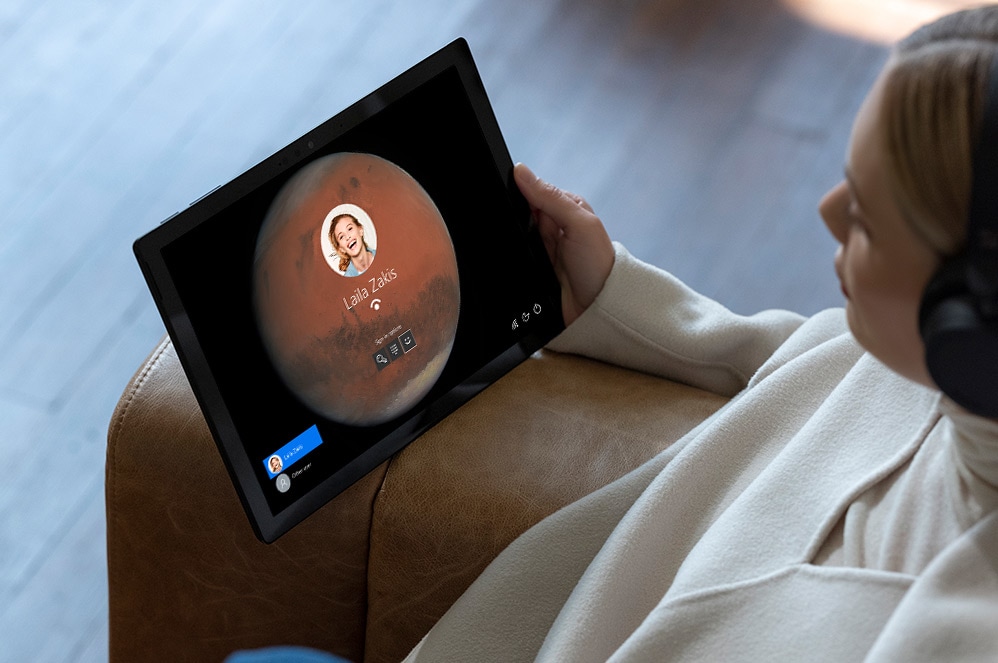To get something comparable to a XSS in a hand held, with same cpu performance?Still seems to be a waste doesn't it ? lets say they target xbox one but use zen 2 and rdna 2 to achive that. You have a ton of features just sitting there wasting away on the chip. Then what are you going to do ? You already have people complaining that the series s is holding everything back but now you have something even less powerful out on the shelves.
I dunno doesn't seem to be a smart way to go
If it doesn't have same cpu performance then that would cause trouble for the consoles.
Could be zen2 and vega based. Whatever gives the best overall performance per watt.
I'd rather a handheld that can play previous gen and back locally and stream current gen.
Streaming to mobile devices is xbox plan anyway. This would allow for decent local play when can't stream.
That was my outline couple posts back anyway.

